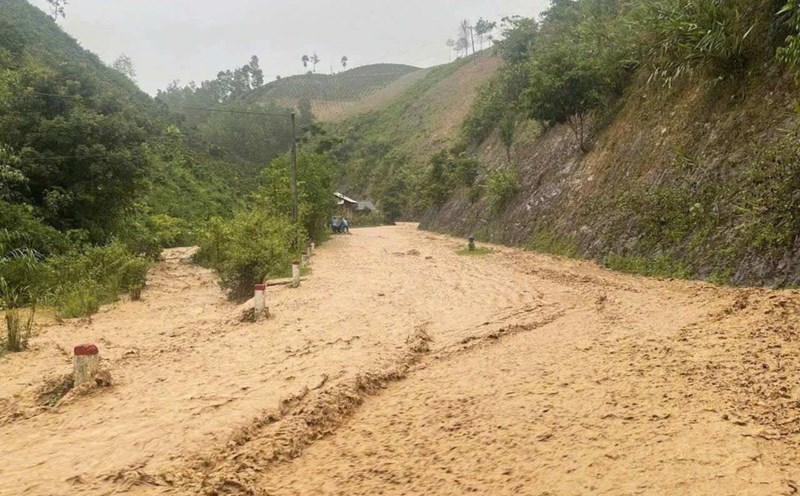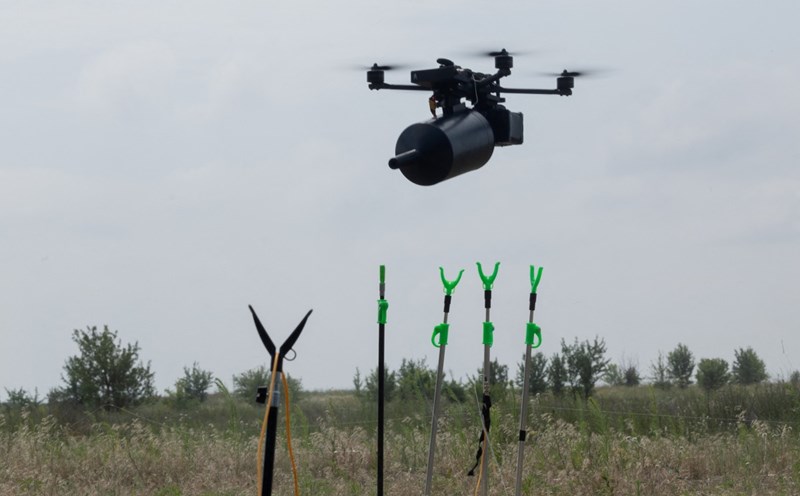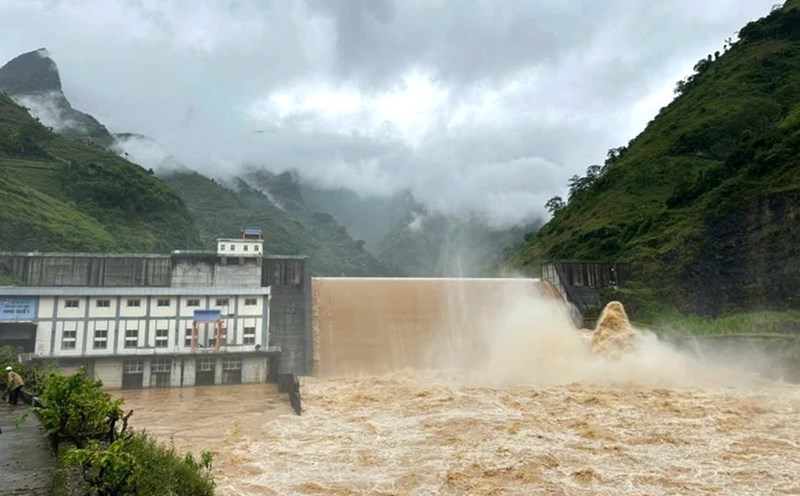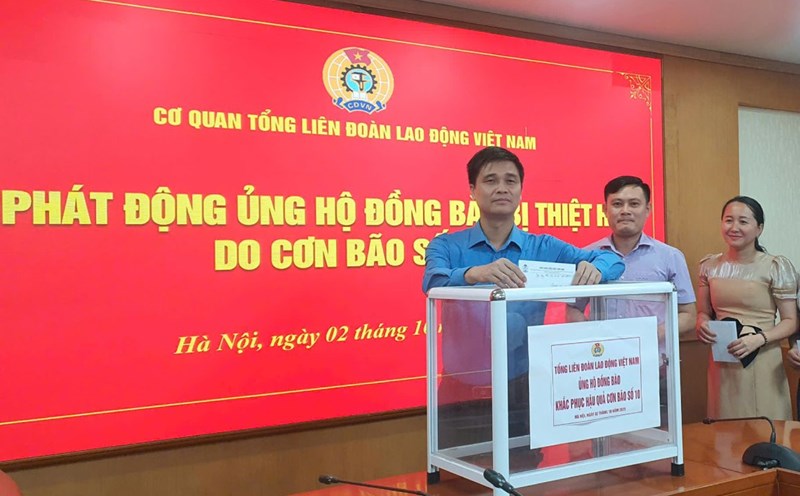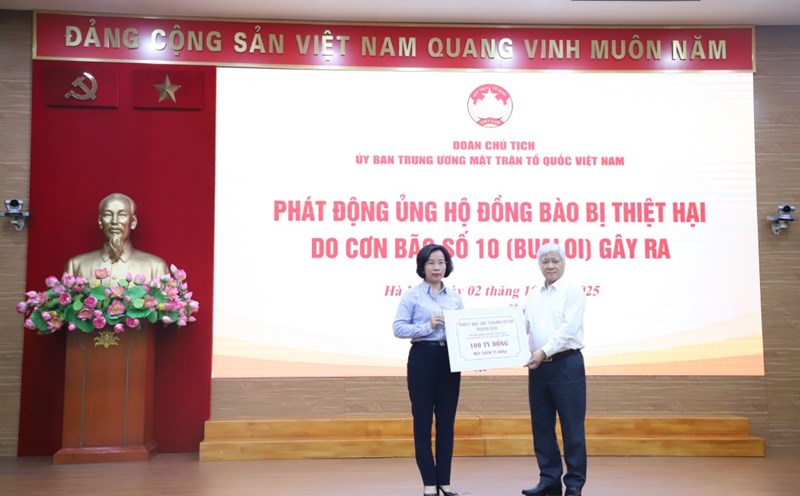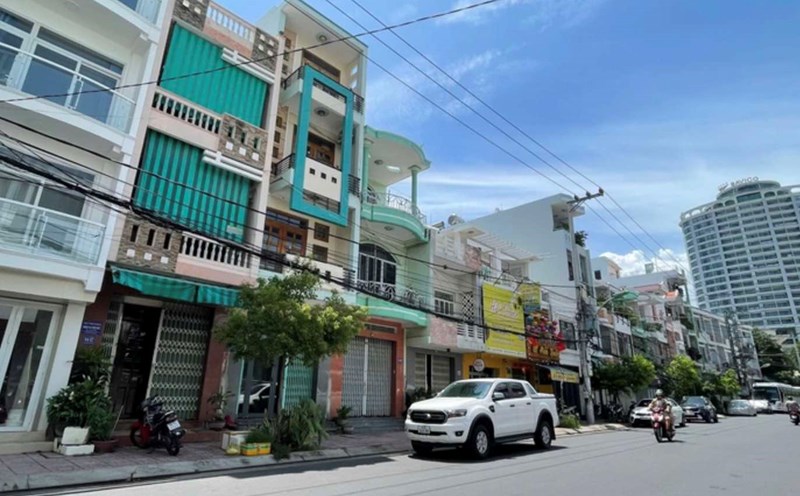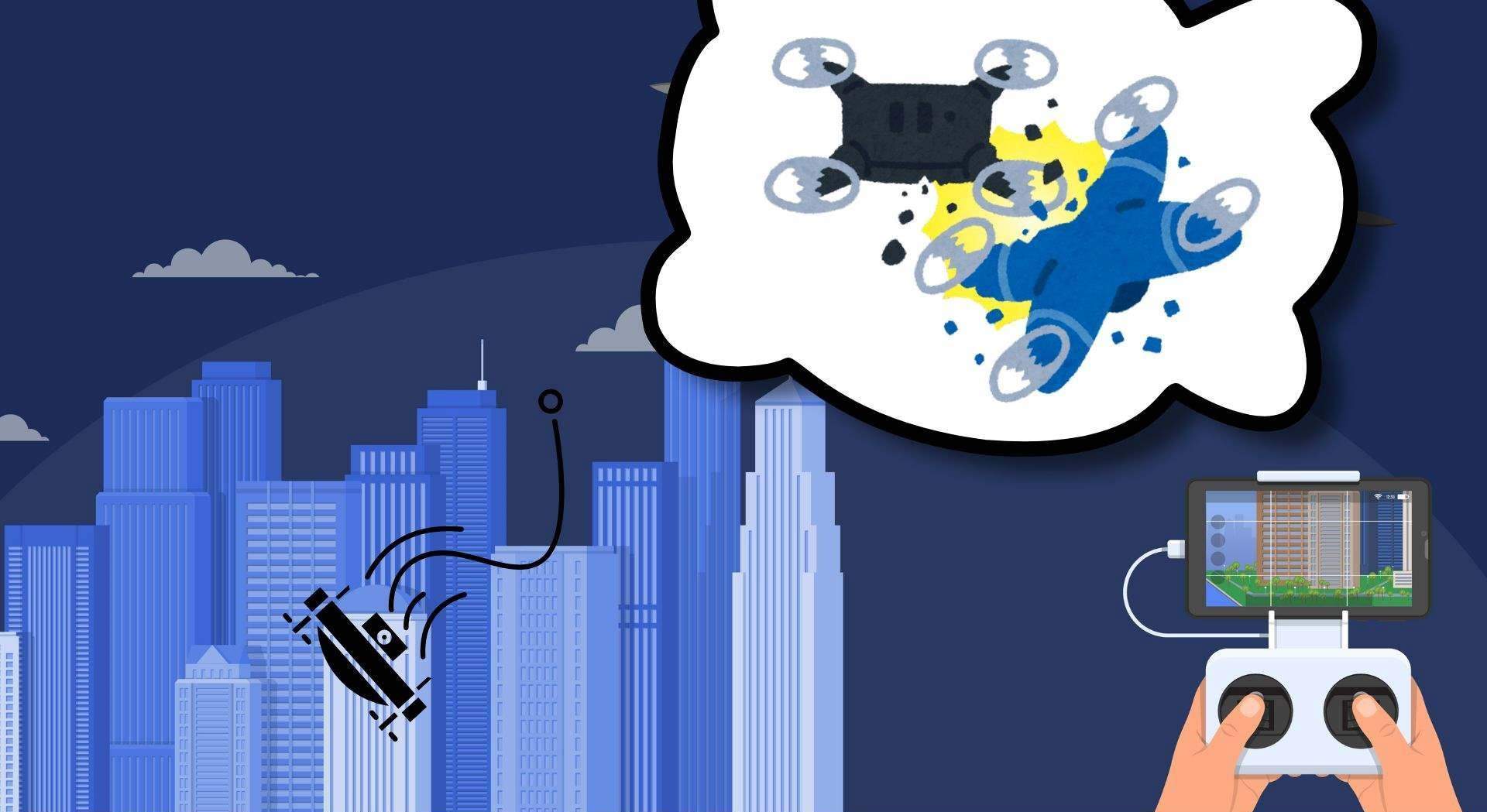
The US Federal Aviation Administration (FAA) has taken over the investigation, while Amazon has suspended drones for delivery to coordinate the cause.
Amazon began rolling out drone delivery services in the Phoenix area in 2024, after receiving FAA approval. These drones are expected to bring faster delivery speeds, reduce transportation costs and contribute to building a modern logistics ecosystem.
However, the recent incident at Tolleson clearly shows that the implementation of new technology to replace traditional methods such as trucks or direct delivery staff is not always absolutely safe.
The collision shows many potential risks when using drones to deliver goods, from the risk of urban aviation insecurity due to collisions with works or other vehicles, to the direct danger to humans if the drone crashes.
In addition, the equipping of cameras and sensors raises concerns about security and privacy, while the ability to operate is limited by weather and the risk of loss of signal control. In particular, dependence on AI and automation systems also poses risks from software errors, programming or cyber attacks.
While technology companies such as Amazon, Google and Walmart are actively developing drone delivery services, the incident in Arizona shows that society needs a tighter legal framework, as well as a multi-layered safety system to ensure technology does not become a threat.
Although traditional delivery methods are slower and more labor-intensive, they still ensure more direct and safer control in many situations. Therefore, completely replacing humans with modern technology needs to be carefully considered, instead of chasing the speed of innovation.


